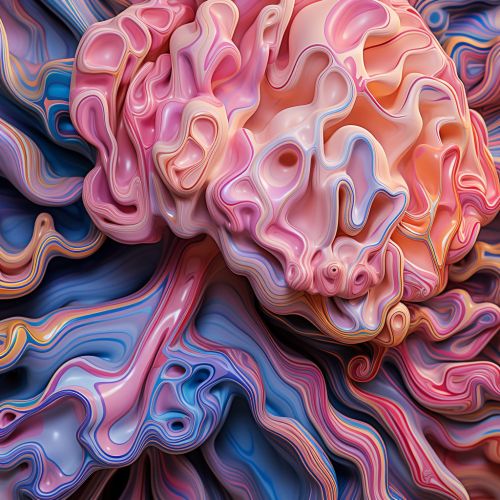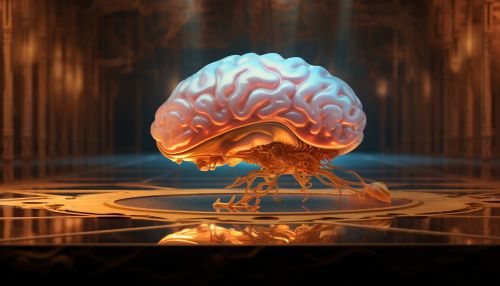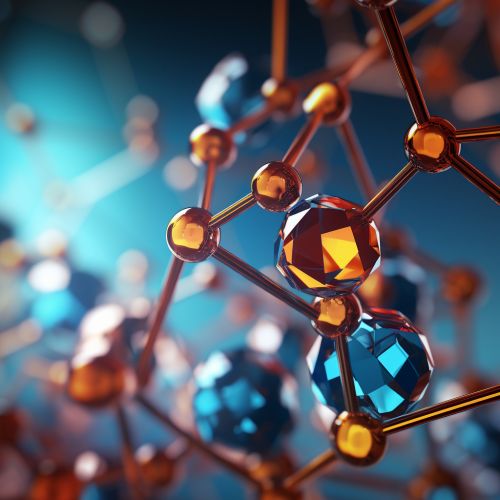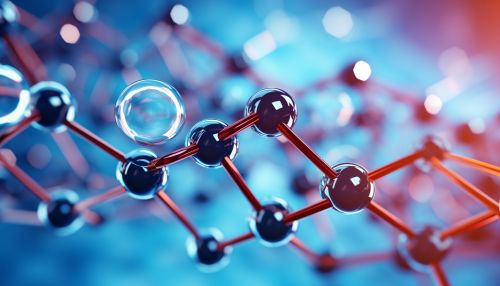The Biological Basis of Emotion
Introduction
The biological basis of emotion refers to the theories and research that seek to identify the physiological processes that support emotional experiences in humans. This field of study is a subset of both biology and psychology, and it focuses on the interplay of bodily responses and emotional experiences.


Theories of Emotion
James-Lange Theory
The James-Lange theory of emotion, proposed by William James and Carl Lange, posits that physiological arousal precedes the experience of emotion. According to this theory, an individual first experiences a physiological response, such as increased heart rate or sweaty palms, and then interprets this physiological activity as an emotion.
Cannon-Bard Theory
In contrast, the Cannon-Bard theory suggests that physiological arousal and emotional experience occur simultaneously. This theory, proposed by Walter Cannon and Philip Bard, posits that the brain interprets specific patterns of bodily activity, and this interpretation leads to the experience of emotion.
Schachter-Singer Theory
The Schachter-Singer theory, also known as the two-factor theory of emotion, combines elements of both the James-Lange and Cannon-Bard theories. According to this theory, proposed by Stanley Schachter and Jerome Singer, an event causes physiological arousal first. Then, one must identify a reason for this arousal to experience and label it as an emotion.


Neurobiology of Emotion
The neurobiology of emotion involves the study of how the brain processes and generates emotions. This field focuses on the role of specific brain regions, such as the amygdala, hippocampus, and prefrontal cortex, in emotional processing.
Amygdala
The amygdala is a key brain region involved in emotion processing. It is particularly associated with the processing of fear-related stimuli and the generation of fear responses.
Hippocampus
The hippocampus, while primarily associated with memory, also plays a role in emotion. It is involved in emotional memory and has been implicated in mood disorders such as depression and anxiety.
Prefrontal Cortex
The prefrontal cortex is involved in the conscious regulation of emotional responses and the generation of emotional states. It is also implicated in mood disorders and other psychiatric conditions.


Hormonal Influences on Emotion
Hormones, such as cortisol, adrenaline, and oxytocin, play a significant role in the physiological responses associated with emotion.
Cortisol
Cortisol, a hormone released in response to stress, has been linked to emotional responses such as fear and anxiety.
Adrenaline
Adrenaline, also known as epinephrine, is a hormone that is released in response to stress or fear, leading to physiological changes that prepare the body for "fight or flight."
Oxytocin
Oxytocin, often referred to as the "love hormone," is associated with social bonding, trust, and other positive emotions.


Genetic Influences on Emotion
Research in behavioral genetics has indicated that there is a genetic component to emotion. Twin studies, for example, have shown that identical twins are more similar in their emotional responses than fraternal twins, suggesting a genetic influence.
Conclusion
Understanding the biological basis of emotion is crucial for many areas of research and practice, including psychology, psychiatry, and neuroscience. While much progress has been made in this field, there is still much to learn about the complex interplay of physiological processes and emotional experiences.


